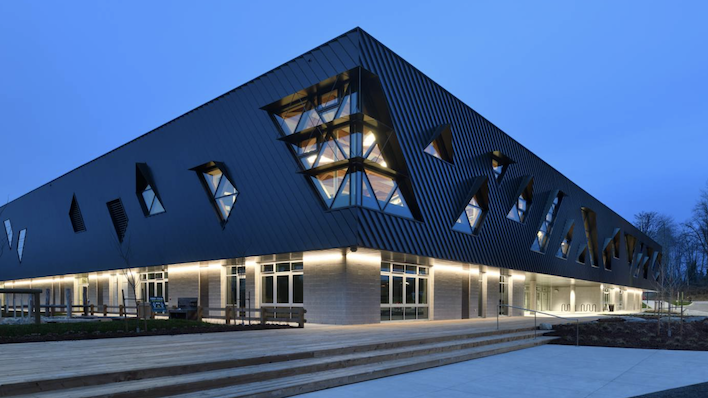The value of involving certified Passive House designers
- Détails

Climate change is the challenge of our generation, and since buildings consume up to 40 per cent of global energy use and contribute up to 30 per cent of annual global greenhouse gas emissions, they are a key piece of the puzzle towards a low-carbon future. That's where Passive House architecture can make a difference.
Established by the Passivhaus Institute in Darmstadt, Germany in 1996, Passive House was one of the pioneering concepts for building low-energy houses and is the only internationally recognized, science-based energy standard in construction of hyper efficient building envelopes that are applicable to almost any building type or design.
Benefits of Passive House
A building standard that is energy efficient, comfortable, affordable, and ecological all at once, these are just some of the benefits to implementing Passive House standards and involving certified designers during the process.
Why implement Passive House?
Passive House buildings consume up to 90 per cent less heating and cooling energy than conventional buildings, with Daniel Dicaire, Energy Efficiency and Sustainability Officer with Ottawa Community Housing saying, “Passive House is the building standard of tomorrow. It shows you how intentional design adapted to the site and simple improvements over our minimalist building standards can chop 85 per cent of utilities.”The benefits of employing the Passive House standard include fine-tuned control over the indoor environment and air quality, quiet, durable, and simple to use systems that prioritize occupant health and comfort throughout the changing seasons. They are eco-friendly, using extremely little primary energy and reducing excess energy usage through proper insulation and temperature control, achieving sustainable objectives. Any additional costs associated with the construction process are quickly made up in the reductions in operating costs and carbon emissions, providing priceless peace of mind.
Why involve certified Passive House designers?
In order to achieve Passive House certification, builders use intelligent passive design for maximum thermal gain and minimize loss by implementing the five Passive House principles: no thermal bridging, certified windows, mechanical ventilation with heat recovery, quality insulation, and airtight building envelope construction. Certified Passive House designers are qualified to design buildings to meet Passive House standards and bring specialized knowledge and experience on how to execute new and retrofit projects.
“I am passionate about making our buildings better, greener, and healthier. I am a strong advocate and believer in an integrated design approach, where building energy analysis/simulation can play a vital role in meeting the sustainability goals of construction projects at an early stage,” states Parvin Asadi, Building Performance Engineer with RJC Engineers. “The Passive House standard of building performance is recognized internationally as a way to reduce energy consumption and lower carbon emissions. Having this designation directly aligns with my values, skillsets and interests in smarter design.”
Summary
As we continue to look for new ways to combat climate change, it is clear that Passive House standards embody the idea that sustainability is quite often a blend of new technology and tested wisdom. Through the tangible results on energy efficiency, carbon emission reductions, occupant health and comfort, and cost savings, the implementation of Passive House standards in your building speak for themselves. Thankfully, certified designers help make that transition easy, so you can focus on the benefits.